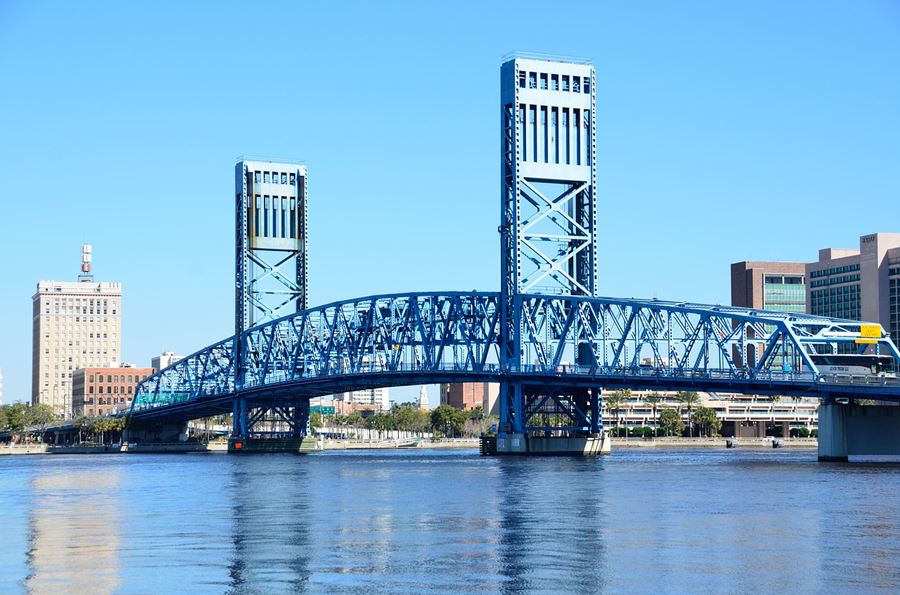By Frank Andorka, Senior Correspondent
To continue powering the United States with coal without adding any adverse climatalogical effects, 89% of the United States would have to be covered in forest, according to a new study from the Michigan Technological Institute.
The study compared that route – interesting but ultimately futile – with the idea of shifting electricity generation to solar power (now you’re talking) and figuring out how to sequester the carbon produced in the solar manufacturing process instead (a much more manageable task).
(Kudos to the press release writer who put this subhead into the press release on the study: “The Giving Tree Won’t Give Enough for Carbon Neutral Coal.” Anyone with kids or parents both chuckled and teared-up at the reference.)
The study’s authors write:
Coal-fired power plants require 13 times more land to be carbon neutral than the manufacturing of solar panels. We’d have to use a minimum of 62% of U.S. land covered by optimal crops or cover 89 percent of the U.S. with average forests to do it.
One gets the sense that calculations like this are not going into the decision-making process of the federal bureaucrats currently trying to figure out how to save economically failing coal and nuclear plants. And that realization had at least one researcher shaking his head.
“We know that climate change is a reality, but we don’t want to live like cavemen,” says Joshua Pearce, professor of material sciences and electrical engineering at Michigan Tech, said in the release. “We need a method to make carbon neutral electricity. It just makes no sense whatsoever to use coal when you have solar available, especially with this data.”
The study recommended that instead of focusing on saving coal plants, innovations should instead focus on making the solar manufacturing process less carbon intensive. That way, you’re producing the best-of-all worlds – taking carbon-heavy coal plants out of generation and replacing them with more carbon-neutral solar manufacturing, leading the way to solar farms that require no carbon offset. The study says that would use 13 times less land than continuing to burn coal and trying to offset the carbon pollution used by it.
The killer stat is that to offset a 1 GW coal plant, you’d need to plant a forest the size of Maryland to capture its carbon output. You can see where that is not only not feasible, but frankly untenable.
Thanks to the Michigan Technological Institute, we now have even more stats to back up the contention that saving the coal plants is an insane idea. Quick, someone get Rick Perry on the line.


